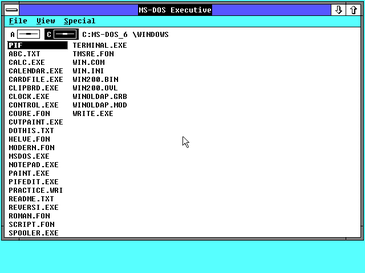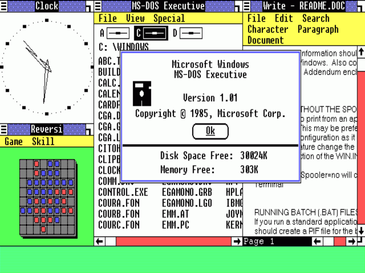Installing Windows NT 3.1 on a Virtual Machine using Oracle VirtualBox can be hard due to uncompatibility and lack of drivers. I made this video explaining how to avoid the error messaage Setup cannot install on the current processor. Cannot proceed with install. and get Windows NT 3.1 running with all drivers including display to get full experience.
Those are the settings I used on the virtual machine:
On the INITIAL.INF part you'll have to change STF_PROCESSOR = "" ? $(!LIBHANDLE) GetProcessor to STF_PROCESSOR = "" ? $(ProcessorID_I586)
Downloads:
Those are the settings I used on the virtual machine:
- System > Acceleration tab > Deactivate the VT-x/AMD-V and Nested Paging
- Storage > Add SCSI controller with BusLogic as the type, then attach an optical drive and mount the installation ISO
- Storage > Mount the bootdisk floppy image
- Storage > Remove the optical drive under the IDE controller
- Audio > Audio Controller > Use SoundBlaster 16
On the INITIAL.INF part you'll have to change STF_PROCESSOR = "" ? $(!LIBHANDLE) GetProcessor to STF_PROCESSOR = "" ? $(ProcessorID_I586)
Downloads:




